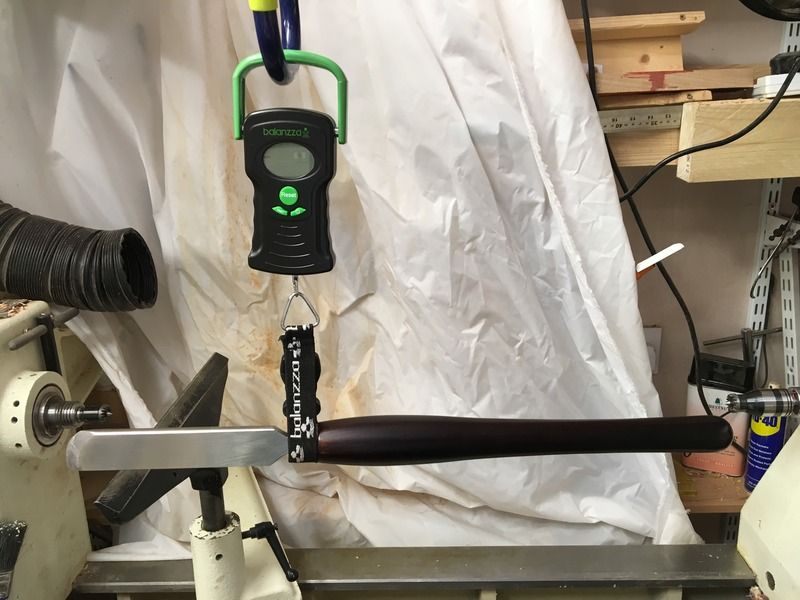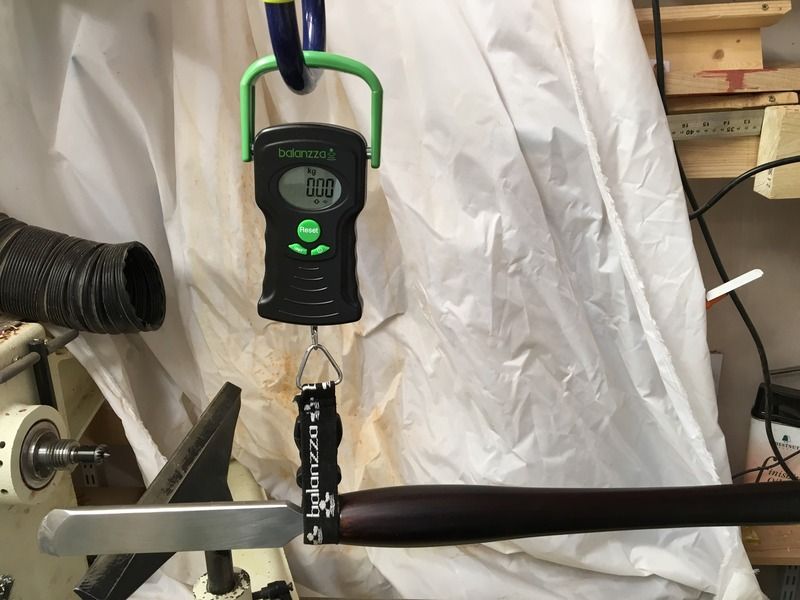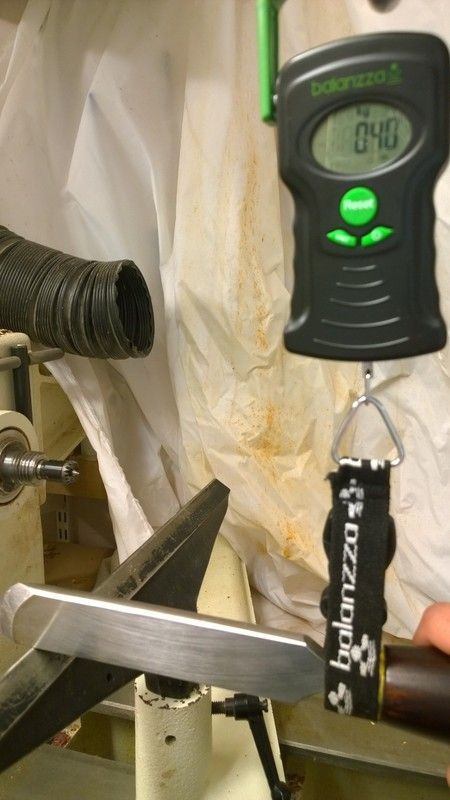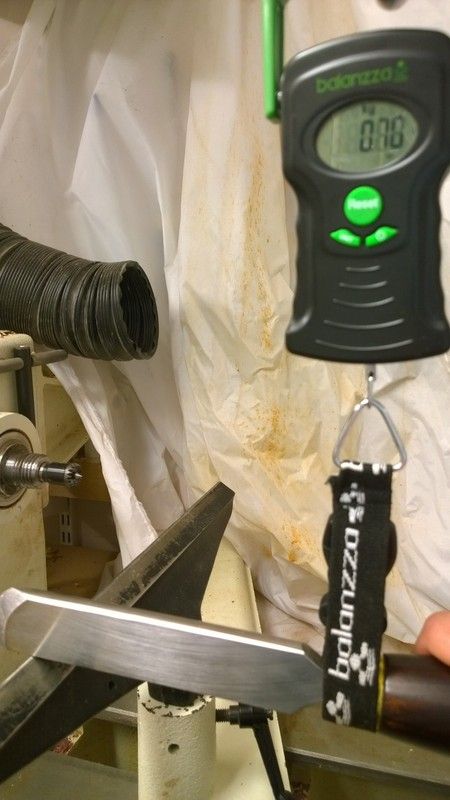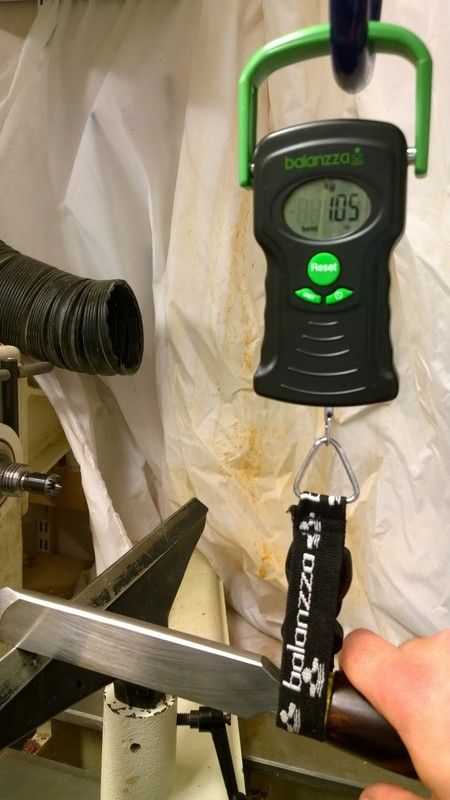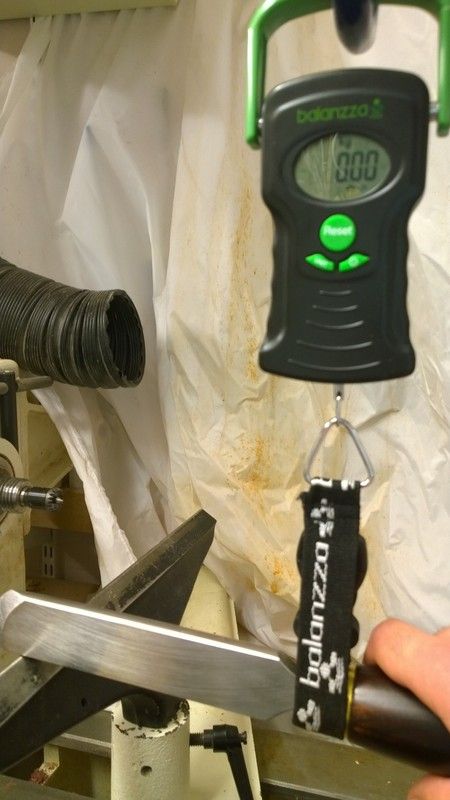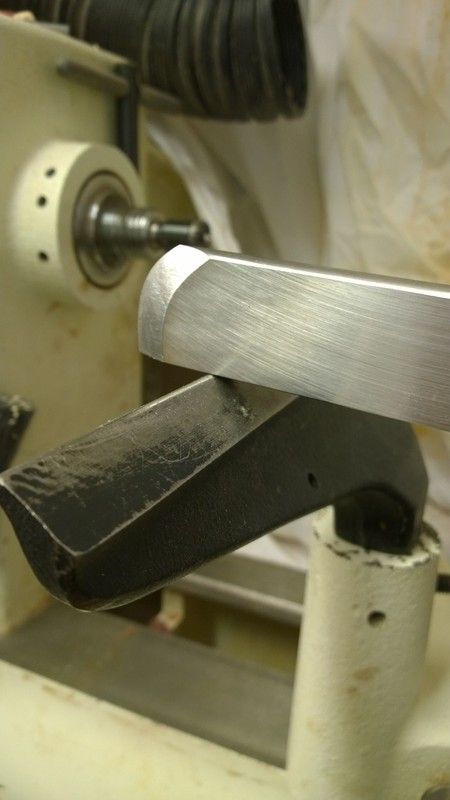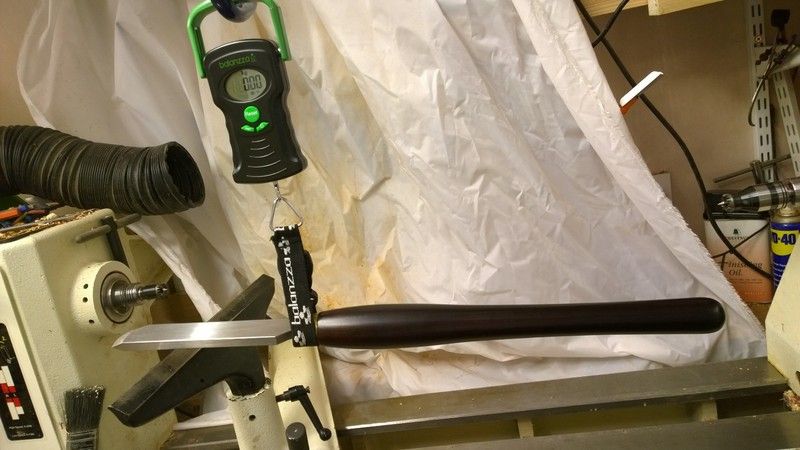Alpha-Dave
Established Member
Suggestions on demagnetisation please!
I received a Hamlet Alan Lacer large skew last week, and got to test it this weekend. To my suprise it is quite magnetic; not just a bit, but strong enough to jump into contact with the tool rest and make controlling the toe almost impossible.
It is strong enough to hold up a set of 80 mm jaws!
I'm sure that the normal demagnetisers for £3 from Maplins or a DIY shop will be pretty much useless for something this big (the cross section is 9.5x35 mm) as I don't think it could fit in the hole.
Can anyone suggest a way to demagnetise it for a reasonable cost? I'm against 'whack it against something hard' that I have read in old threads.
All suggestions appreciated, else I'll send it back next week.

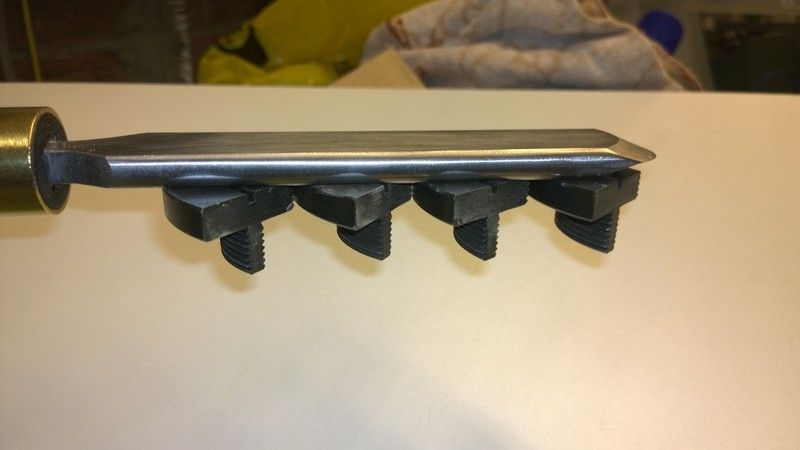
I received a Hamlet Alan Lacer large skew last week, and got to test it this weekend. To my suprise it is quite magnetic; not just a bit, but strong enough to jump into contact with the tool rest and make controlling the toe almost impossible.
It is strong enough to hold up a set of 80 mm jaws!
I'm sure that the normal demagnetisers for £3 from Maplins or a DIY shop will be pretty much useless for something this big (the cross section is 9.5x35 mm) as I don't think it could fit in the hole.
Can anyone suggest a way to demagnetise it for a reasonable cost? I'm against 'whack it against something hard' that I have read in old threads.
All suggestions appreciated, else I'll send it back next week.




































